New Vikings stadium to bring benefits to Minneapolis
Minnesota Vikings press release photo
This artist’s rendering shows the $975 million dollar stadium, which will be where the current Metrodome is located.
There has been a lot of controversy surrounding the development of the new Minnesota Viking’s stadium in the last several years. People have raised their concerns about the cost and need for the project, but despite these concerns, the Vikings have remained persistent in their efforts and have convinced the city of Minneapolis and the people of Minnesota that this new stadium will benefit all involved.
The current stadium, Mall of America Field, also known as The Metrodome, is lacking amenities for the public, has tight corridors, and is over thirty years old. The new stadium layout includes more amenities, larger hallways, and multiple windows. One similarity between the two stadiums will be the seating capacity, which is currently about 73,000. “This new place will be beautiful…and provides a great opportunity for people in Minnesota to have a nice place to watch the Vikings,” said Kevin Warren, Vikings’ Vice President of Legal Affairs & Chief Administrative Officer.
The stadium will provide new jobs, increase tax revenue, and bring more interest to the downtown area, projecting to be a great asset to the city of Minneapolis. “It takes a couple years to build a stadium so you talk about three years of jobs for a lot of people who are talented construction workers who may be out of work right now,” Warren said.
The benefits of having a new Vikings stadium don’t only affect the city of Minneapolis, but also the state of Minnesota as a whole. “It has already provided more economic development even though it hasn’t been built yet,” said Minneapolis Mayor, RT Rybak.
One challenge that this project faces is all the planning and documents that have been involved. This process began about ten years ago, but in the last two years it has become more of a priority and the people involved have been working harder to make things happen.
The Twin Cities community is currently in the process of raising millions of dollars for the new Vikings stadium. Costing about $975 million, there are three different fundraising streams for this project: The Vikings themselves, the city of Minneapolis, and the State of Minnesota.
Rybak and Warren both have confidence in the Vikings’ project. However, the state of Minnesota’s fundraising efforts have not beem as successful as they need to be at this point. The state has to raise $348 million, and Minnesota is currently not even close to meeting that goal.
The Vikings are also negotiating their plans with the city to build locations around the stadium where people can tailgate before the game. These tailgating locations will also serve as parks for the city of Minneapolis, which will replace several parking lots in the downtown area. “A lot of the parking lots are going to disappear into parks or buildings; I think there’s some people who really want the parking lots to remain, but we would like to develop them,” Rybak said.
Despite the expensive and lengthy process, Vikings fans eagerly await the new stadium for the 2016 season. Providing more attractions, fans, jobs, and economic development, this project plans to bring great things to the Twin Cities.




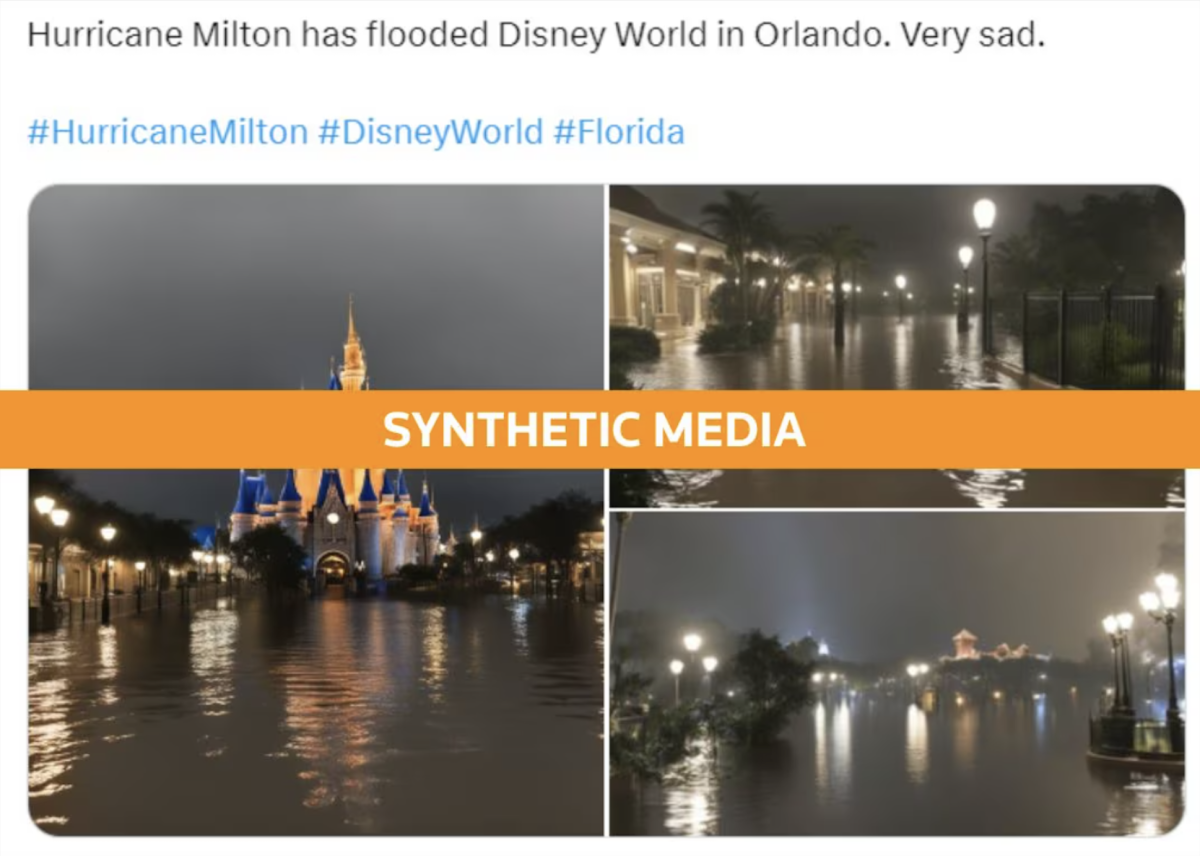



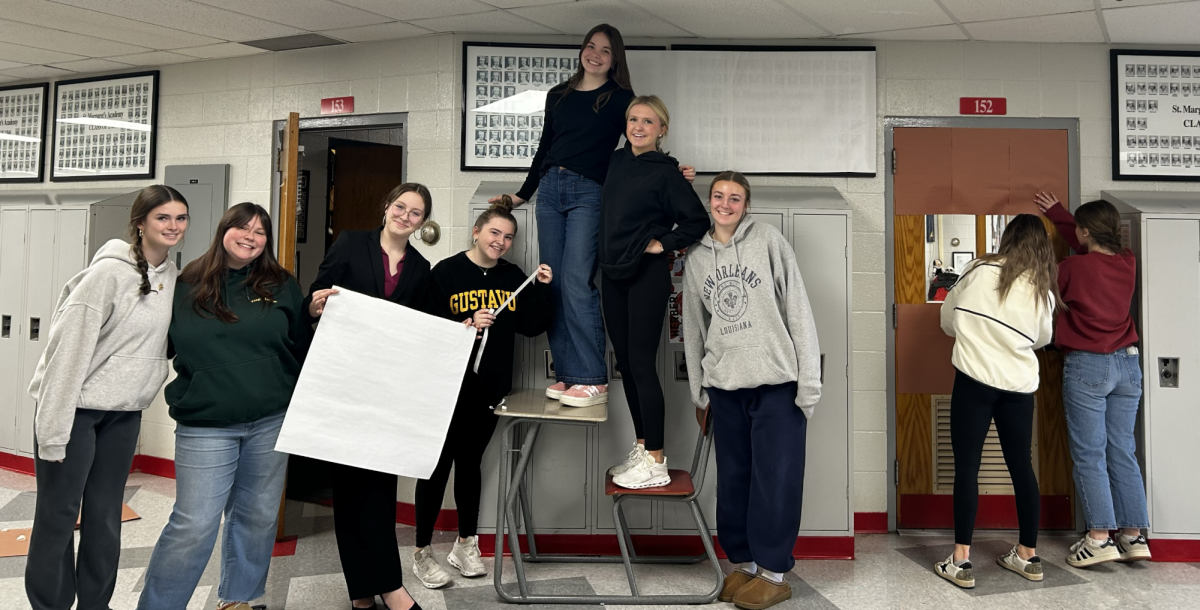





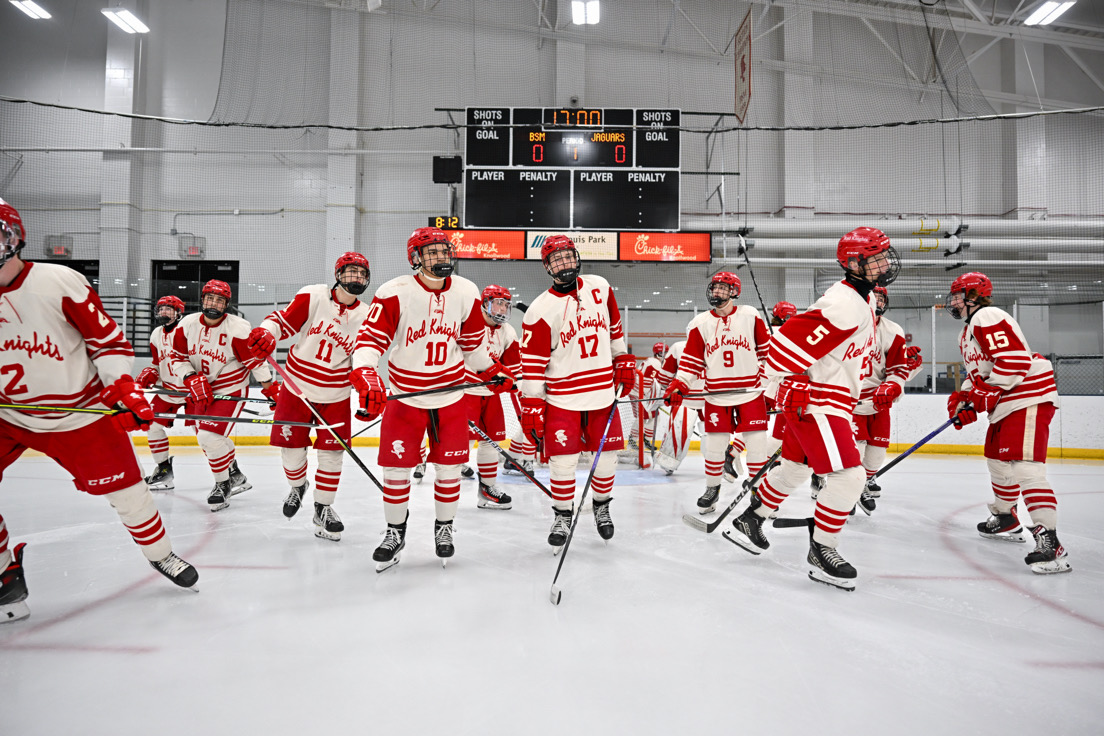
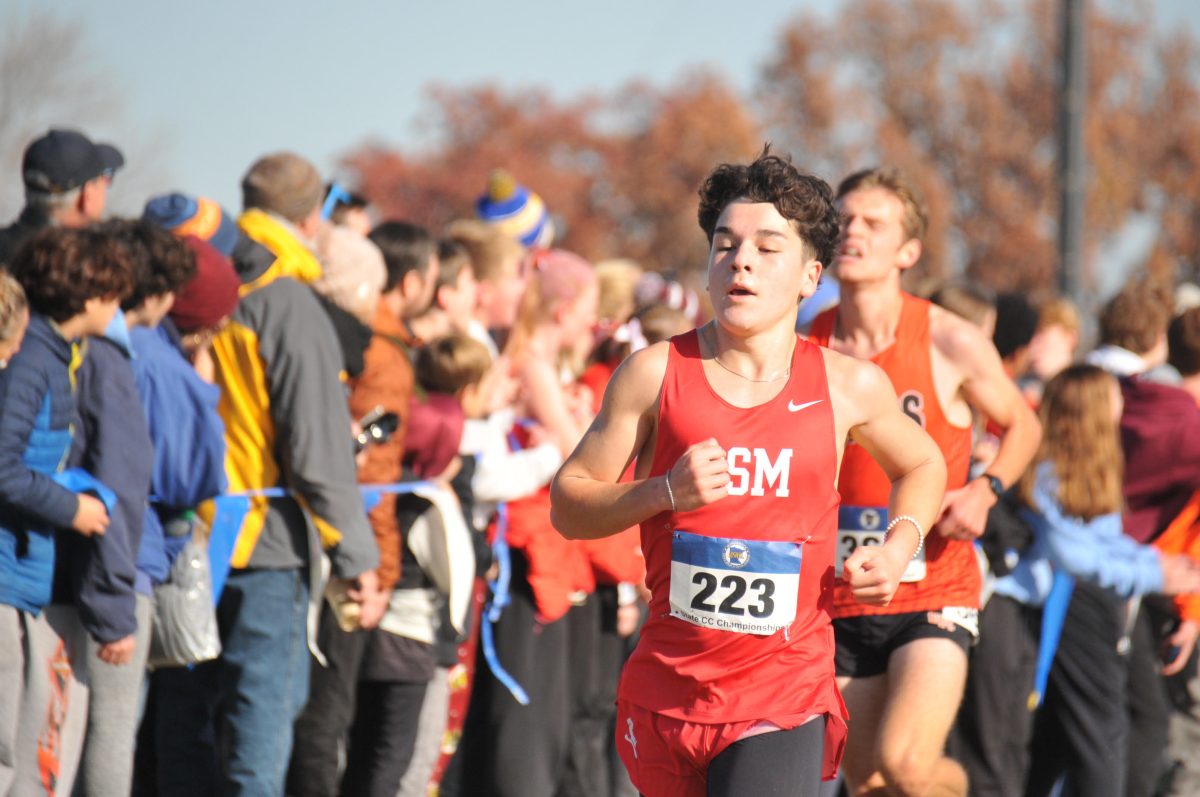

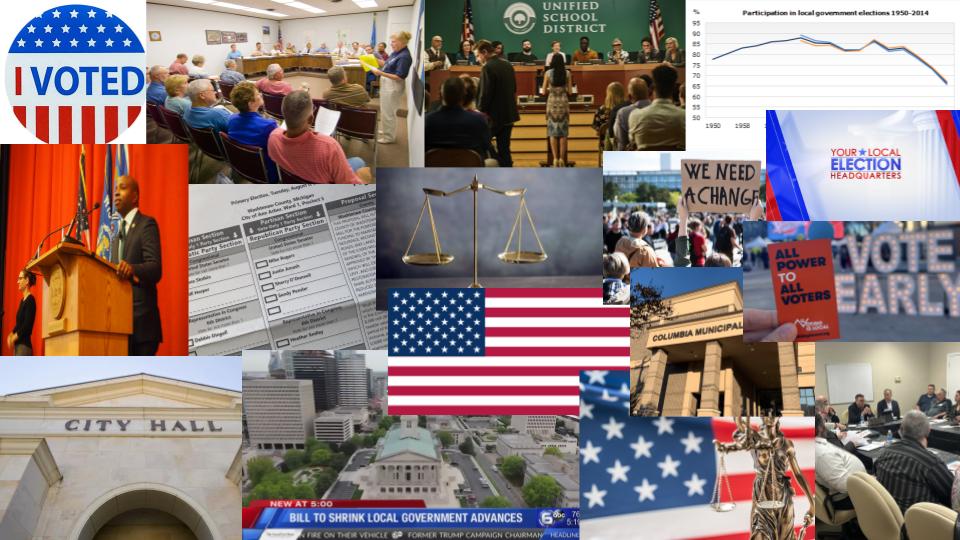
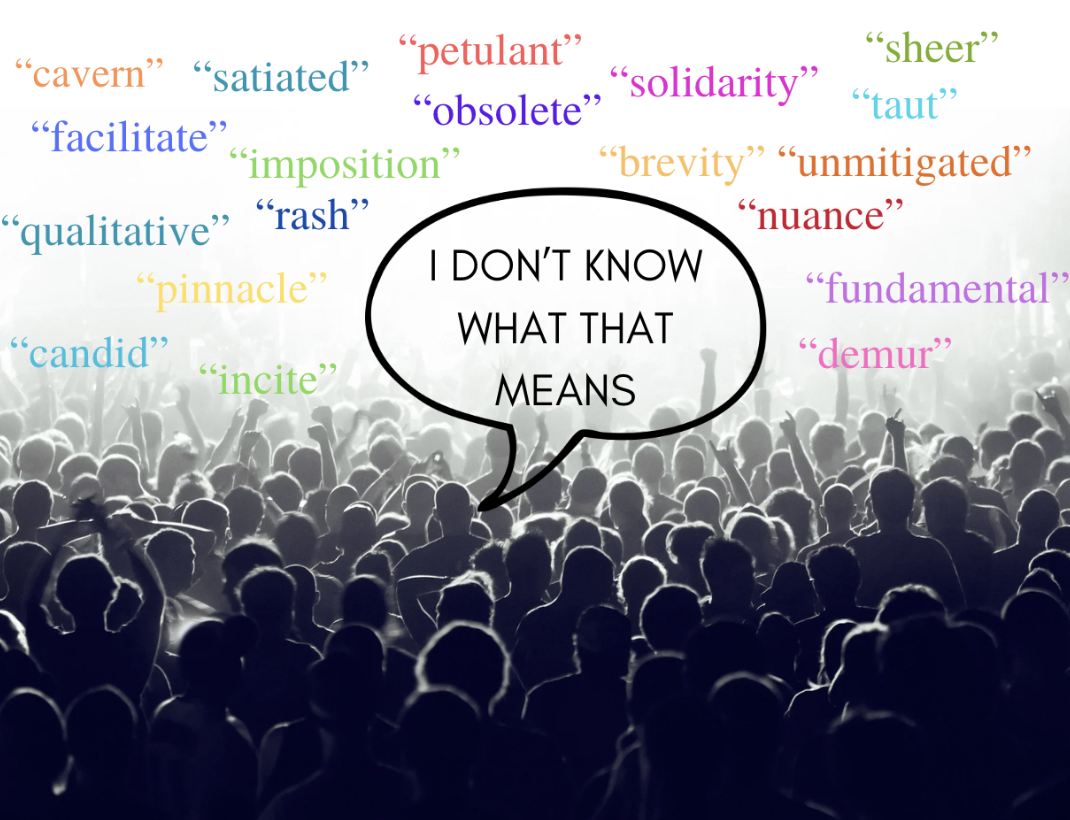
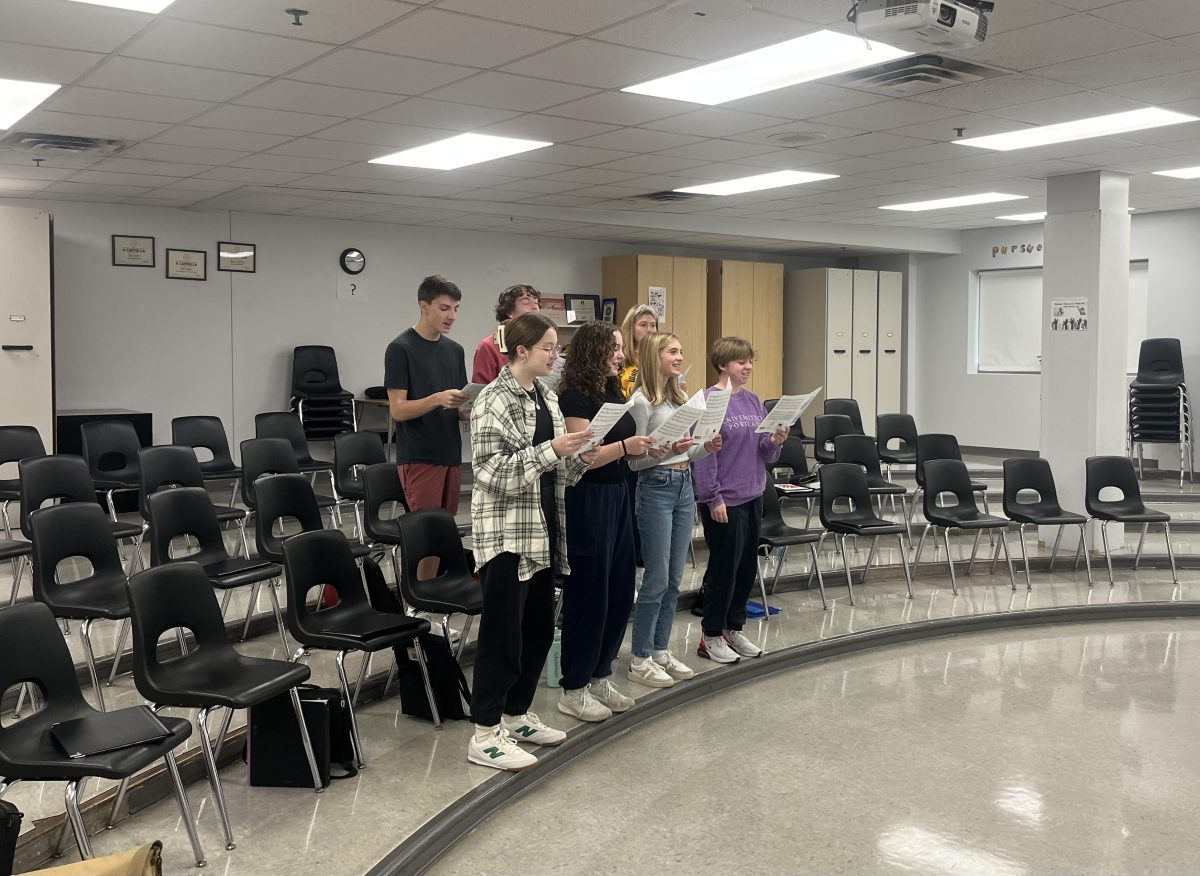

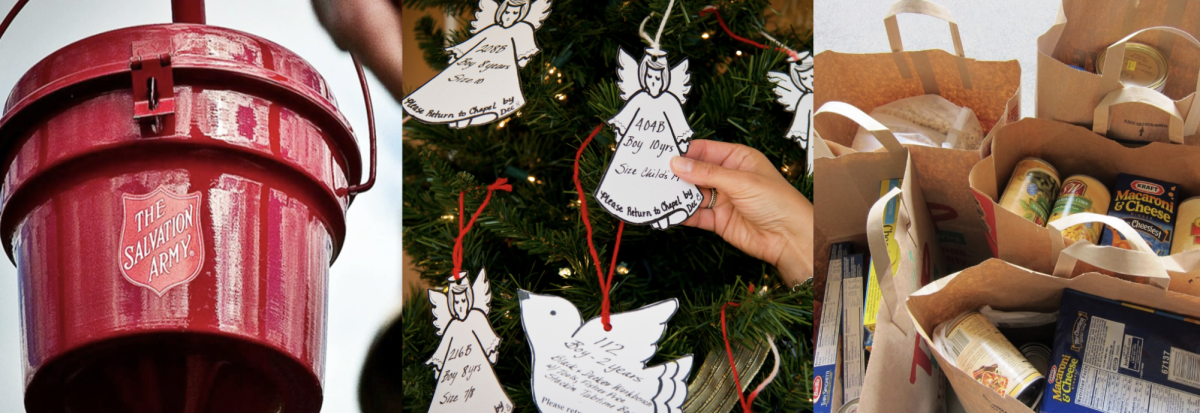

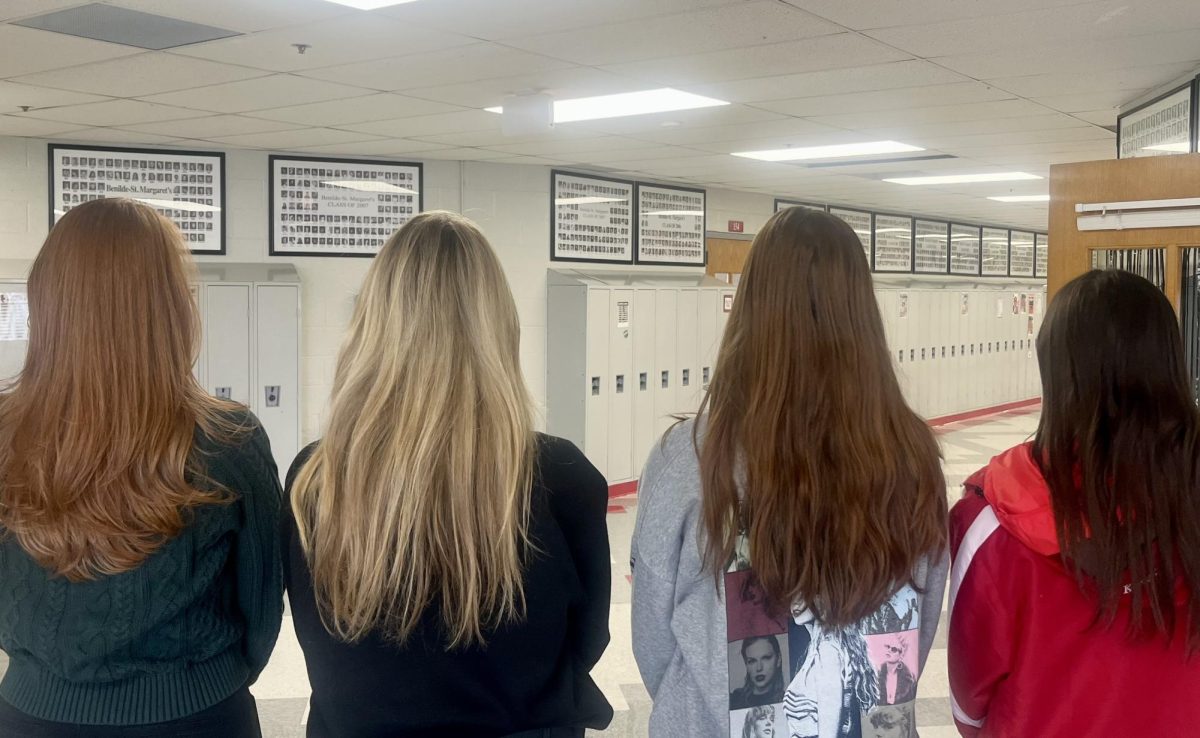

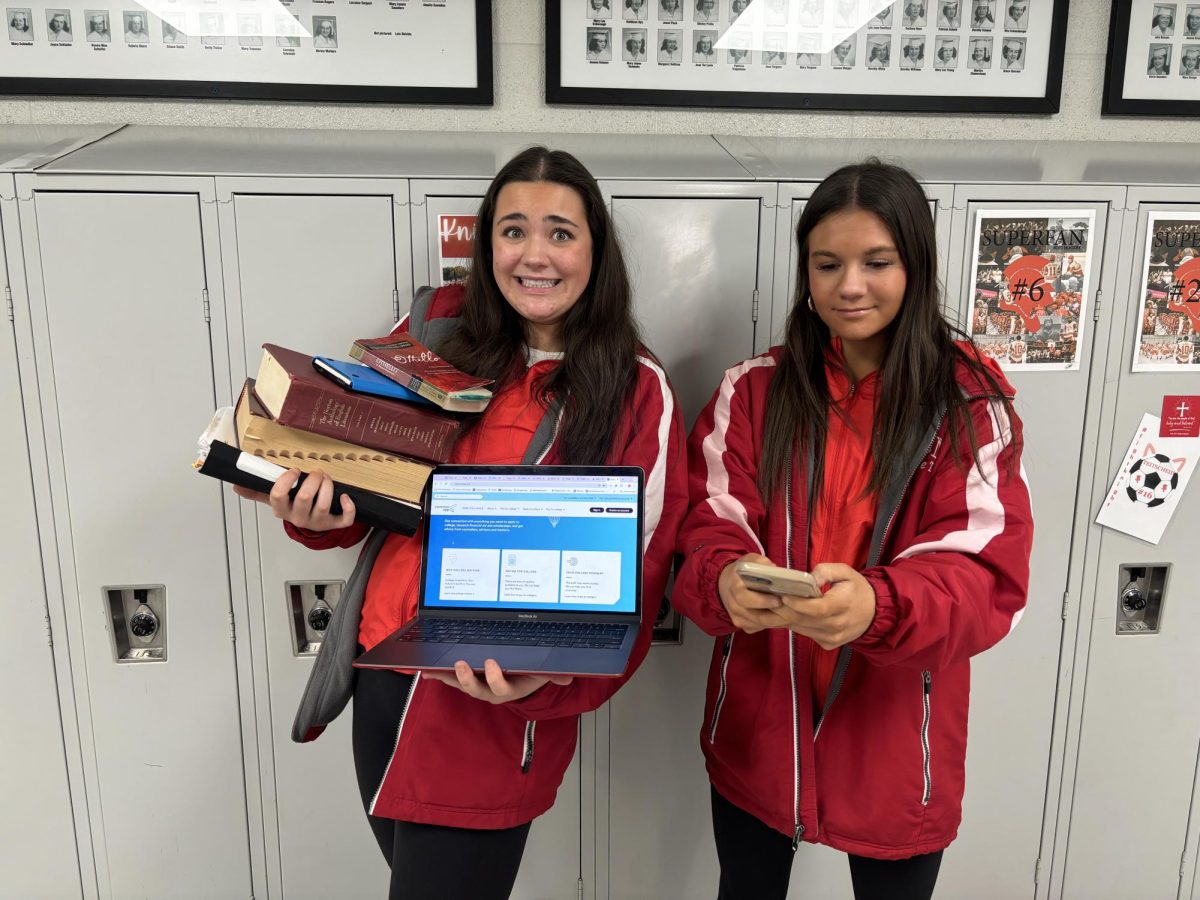









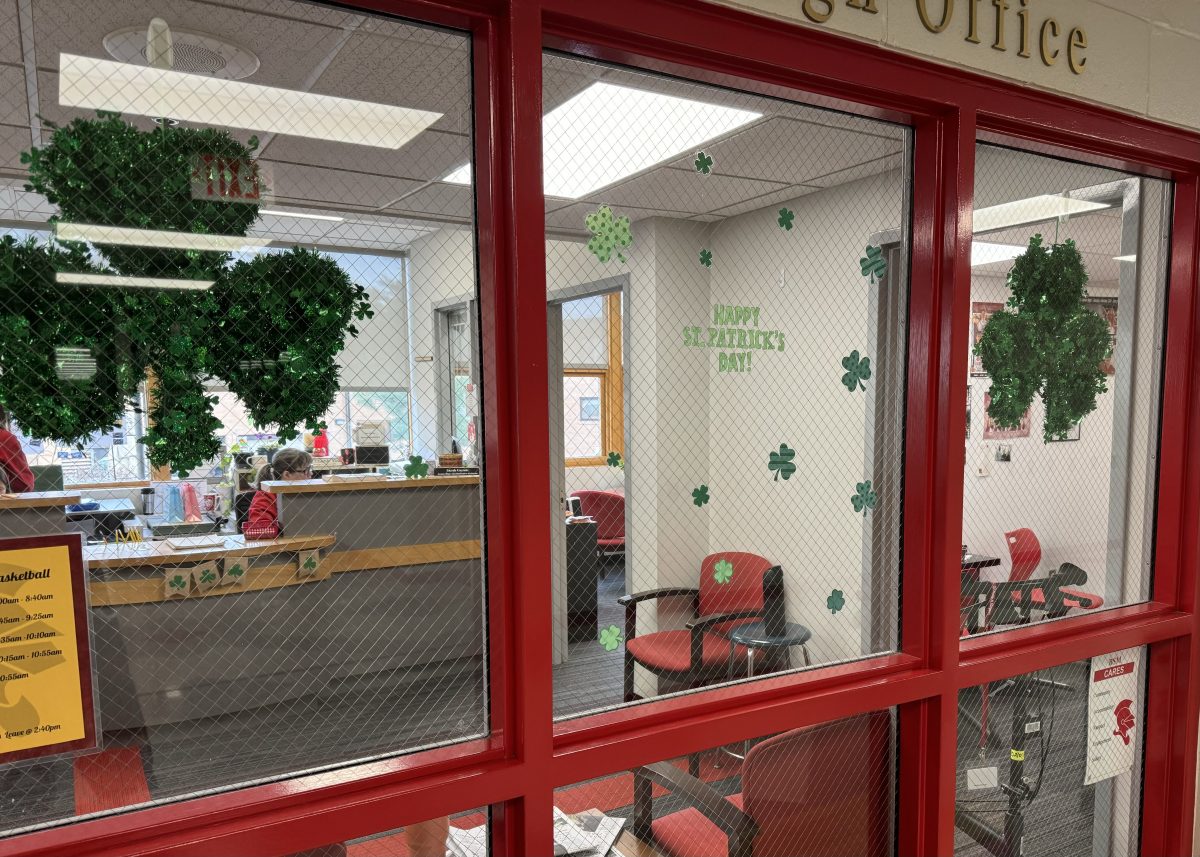
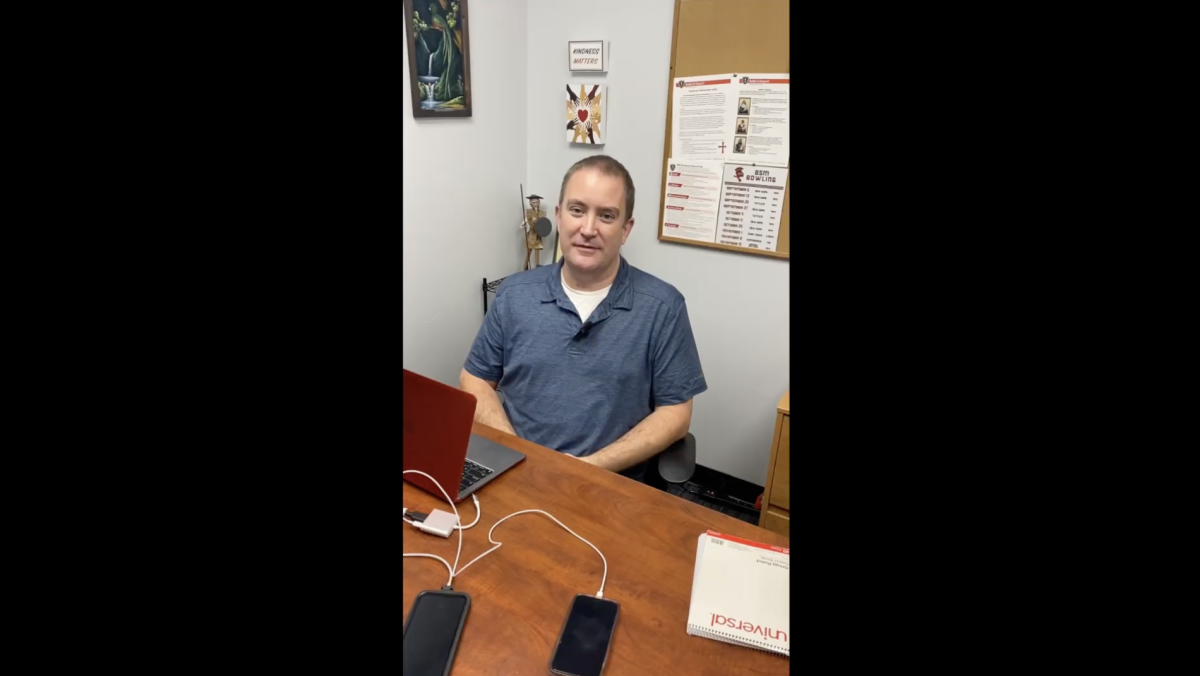
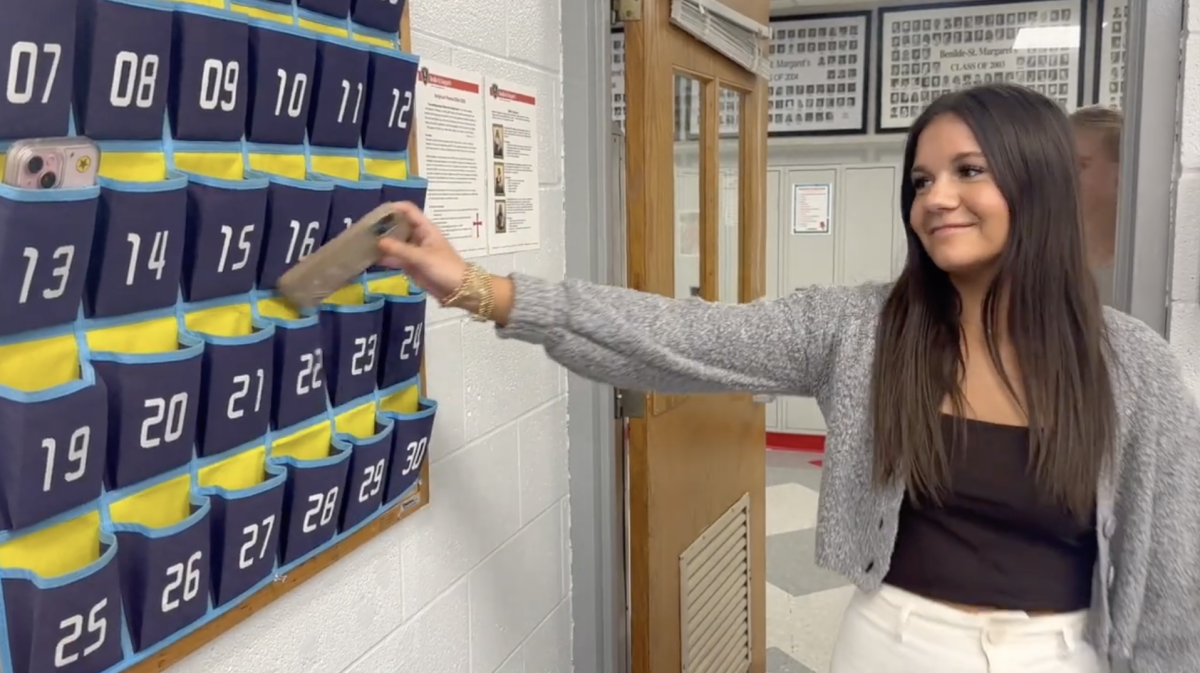
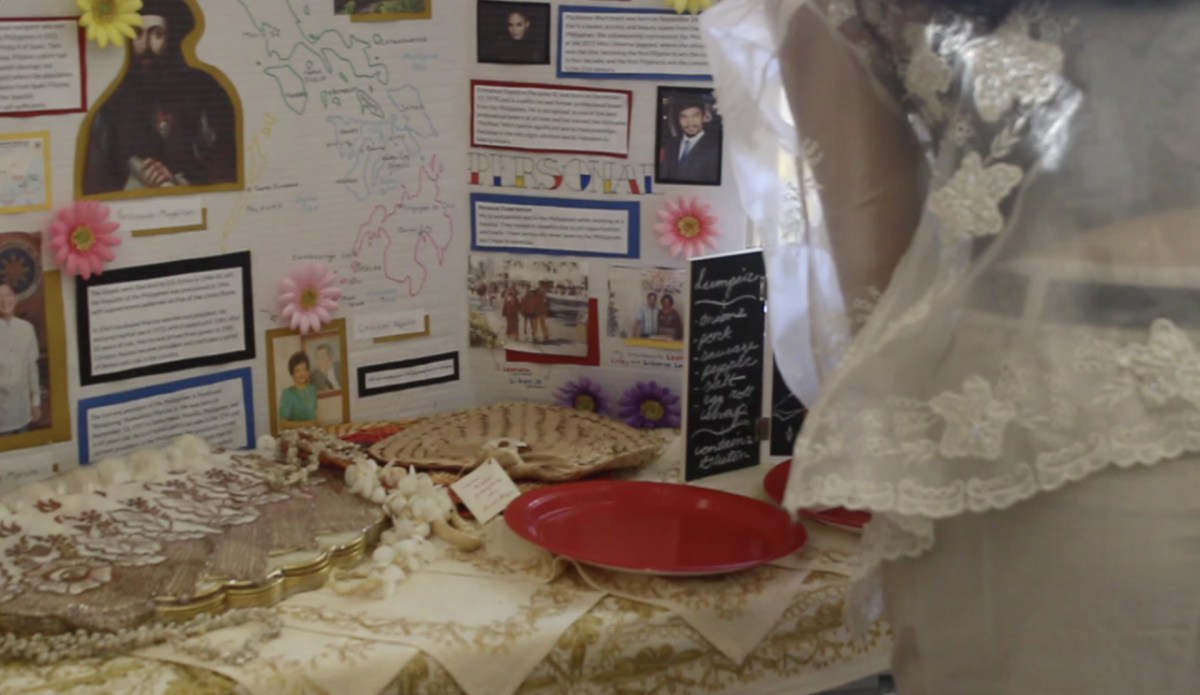


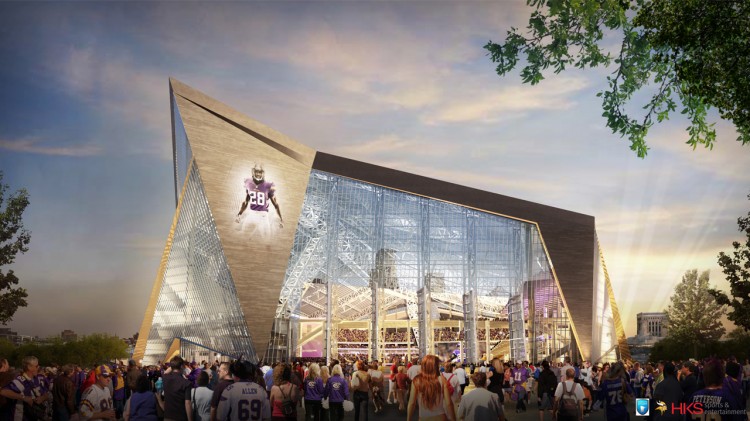

Mick Hawkins • Sep 27, 2013 at 7:12 pm
I think you missed an important point, Kathleen.
Taxes are most fair when they are user taxes. That is, the person who benefits from the
service the tax funds (roads and bridges = gas tax) should be the payer of the tax, not
someone who has no interest in providing money for billionaires when they have their own
money.
Other than that, I enjoyed your article a lot. We may just have to agree to disagree.
M. Hawkins